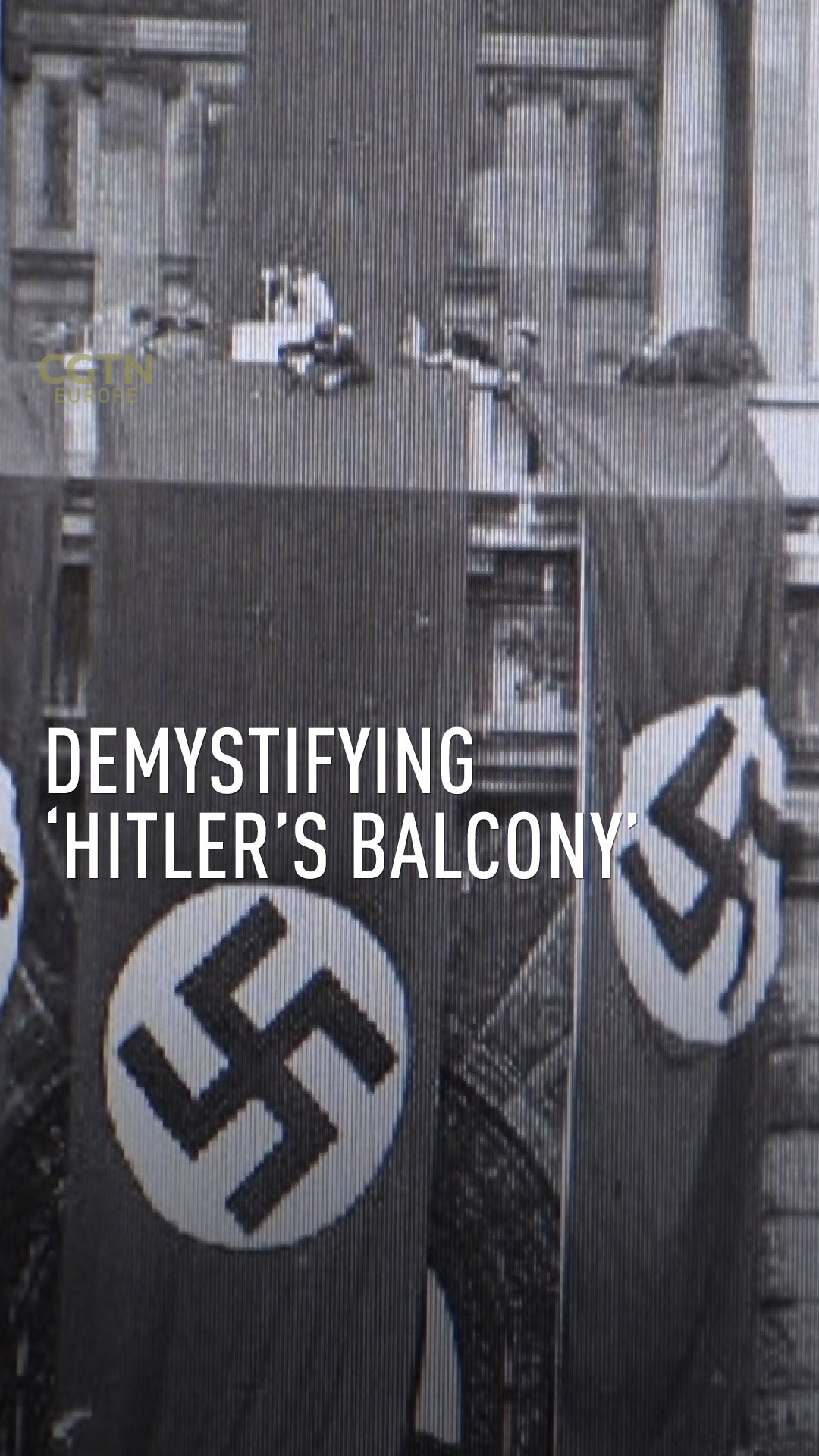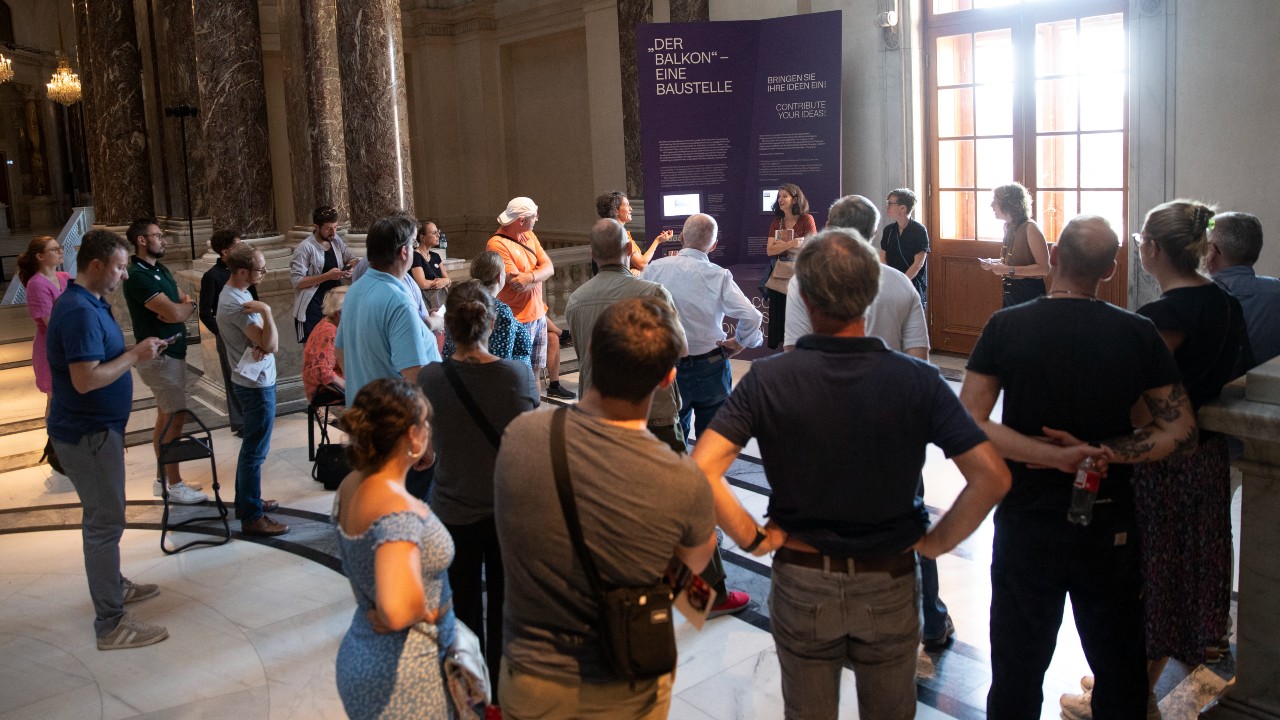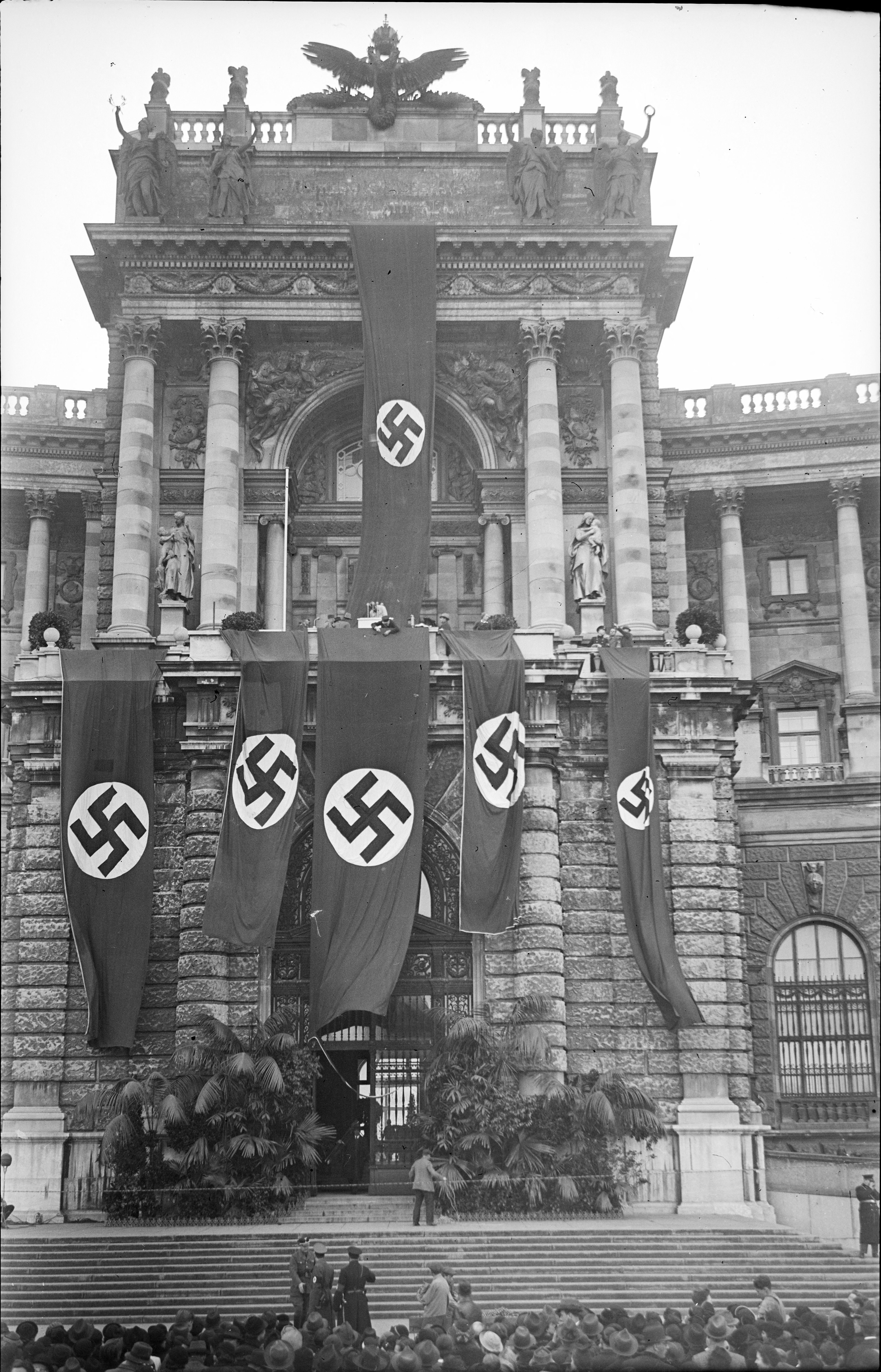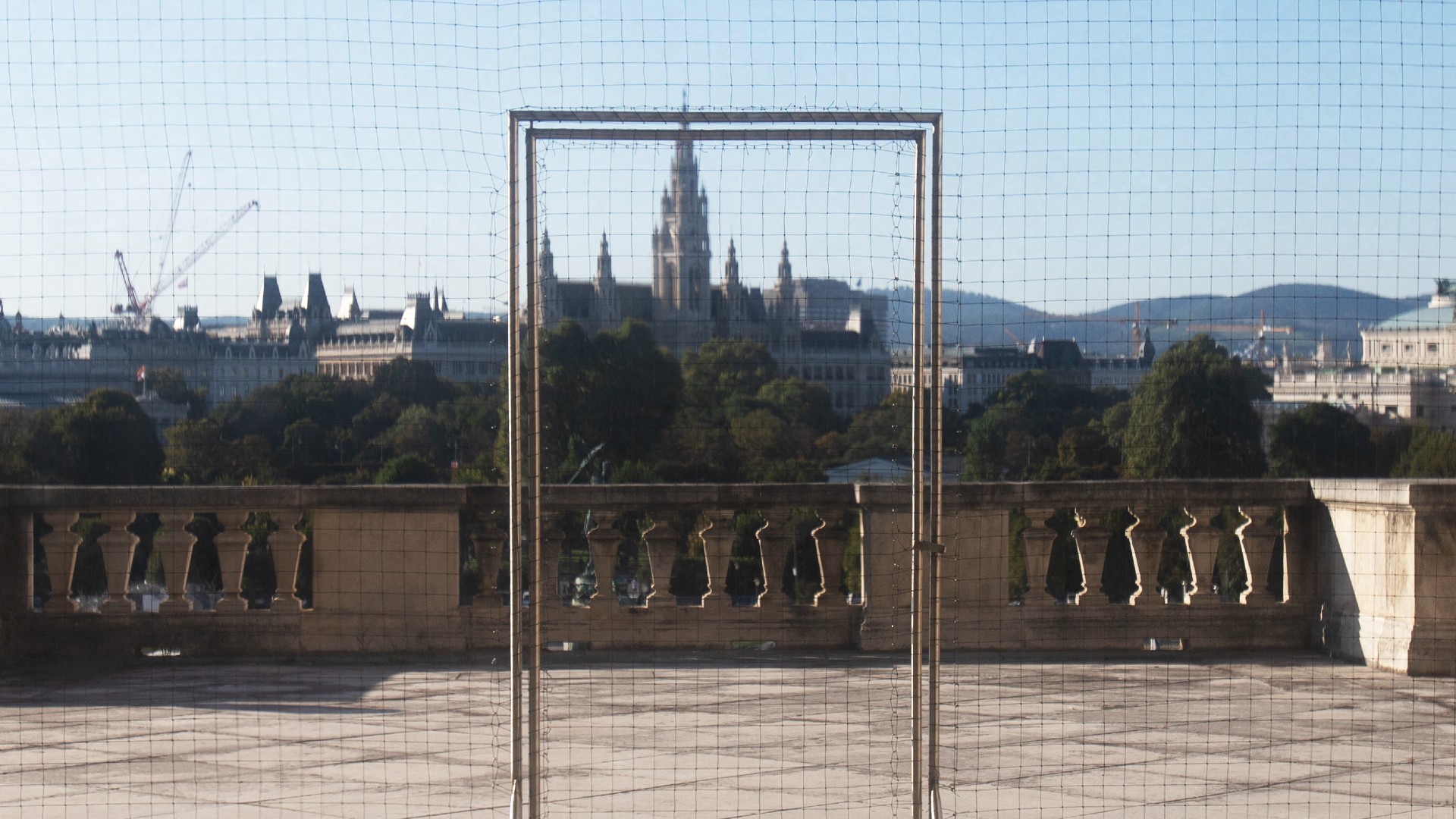00:55

An image of a controversial neoclassical terrace in the historic heart of Vienna has sparked outrage across Austria.
Known as the "Hitler balcony" - the notorious landmark recently appeared in a promotional video for Austria's far-right Freedom Party.
Largely billed as the likely winners of next year's elections, the party used the image in the video, which included its youth wing taking part in torchlight processions and standing below the balcony.
While the balcony is not in use and is closed off to the public, its troubled association with the the Nazis flares up emotions in a country that only since the 1980s has begun to seriously examine its role in the Holocaust.
"I think that it is very important to inform the children more about this, to inform the young people that terrible things have happened, starting from Austria and looking back 80 years," says Regina Steiner, a teacher working in Vienna. "Teach young people that unfortunately such things can happen again. Unfortunately, lessons are not learnt from history."

Visitors attend the first of five special guided tours of the Neue Burg - part of the Hofburg Palace, in front of the so-called Hitler Balcony. /Alex Halada/AFP
Visitors attend the first of five special guided tours of the Neue Burg - part of the Hofburg Palace, in front of the so-called Hitler Balcony. /Alex Halada/AFP
Now the House of Austrian History, which is situated inside the building with the balcony, has decided to demystify the balcony by organizing a series of guided tours.
"We noticed there is a societal need, a curiosity," the museum's director Monika Sommer says of the idea behind the tours. "We also see that education is needed, because especially if you look at (online) forums now, there is a lot of incorrect information and misinterpretations."
The museum's first curated tour was sold out, with 35 people listening to Sommer in front of the balcony's sealed wood-frame glass doors. Several of those attending were disappointed not to be able to step outside.

This photo taken on March 15, 1938 shows people gathering prior to a speech by Adolf Hitler, which he delivered from the balcony, after the Nazis annexed his homeland Austria. /Herbert Glockler/APA/Austrian National Library/AFP
This photo taken on March 15, 1938 shows people gathering prior to a speech by Adolf Hitler, which he delivered from the balcony, after the Nazis annexed his homeland Austria. /Herbert Glockler/APA/Austrian National Library/AFP
The House of Austrian History has long been pushing to have the balcony opened up, but authorities have refused, citing safety fears.
The balcony has only been opened on select occasions, such as a speech by Holocaust survivor and Nobel Peace Prize winner Elie Wiesel in 1992 and a private New Year's party in 1999-2000.

The currently closed balcony featured in a controversial video by the youth wing of the far-right Freedom Party. /Alex Halada/AFP
The currently closed balcony featured in a controversial video by the youth wing of the far-right Freedom Party. /Alex Halada/AFP
But efforts continue to find a new approach to the country's past and the landmarks touched by it. The museum launched an online collection of ideas in 2019 looking at the balcony's future.
"We should dare to approach this place in a new way. Making the place publicly accessible, for example in the form of registered tours, could be a way of demystifying it," Sommer says.
Austria long cast itself as a victim after being annexed by Nazi Germany. More than 65,000 Austrian Jews were killed in the Holocaust.
Subscribe to Storyboard: A weekly newsletter bringing you the best of CGTN every Friday
Source(s): AFP